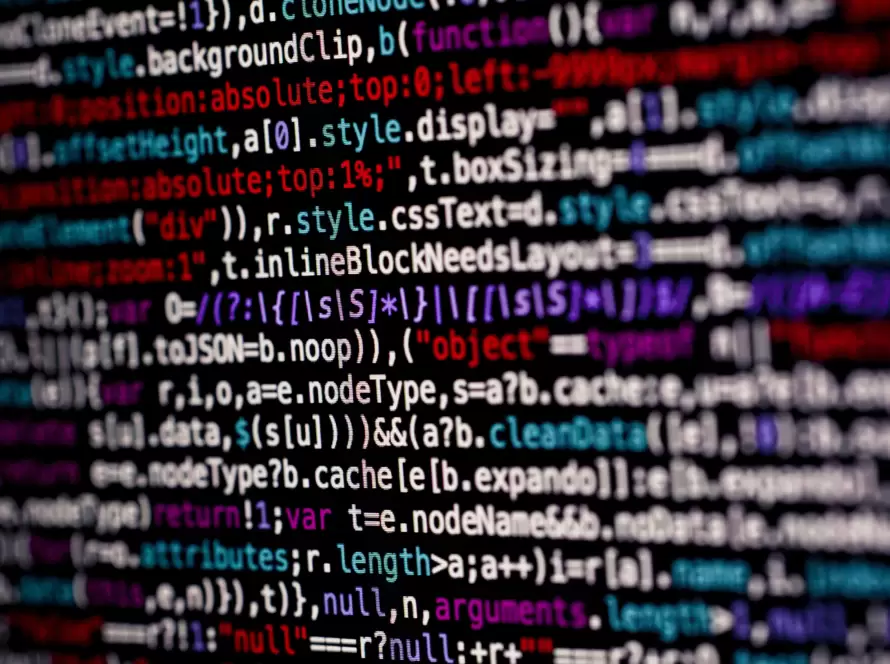Generated by Contentify AI

HTML Elements and JavaScript Libraries
When it comes to web development, one of the essential elements to consider is the tag in HTML. This tag, also known as the anchor tag, allows you to create hyperlinks that connect different web pages together. Whether you want to link to external resources or navigate within your website, the tag is a crucial tool in your arsenal.
However, as your web development projects become more complex, you might find yourself in need of additional functionalities and dynamic interactions. This is where JavaScript libraries come into play. JavaScript libraries such as jQuery, React, and AngularJS can enhance the behavior of your elements and provide users with more intuitive and interactive experiences.
For instance, jQuery offers a wide range of methods and events that you can use to manipulate and animate your elements. You can easily add smooth scrolling effects, create dropdown menus, or implement AJAX functionality to load content dynamically. React and AngularJS, on the other hand, provide more advanced features such as component-based development and data binding, allowing you to build powerful single-page applications.
By leveraging the power of these JavaScript libraries, you can take your elements to the next level and create engaging user interfaces. Whether you want to create interactive navigation menus, implement form validation, or add dynamic content loading, these libraries provide the tools and functionalities you need.



